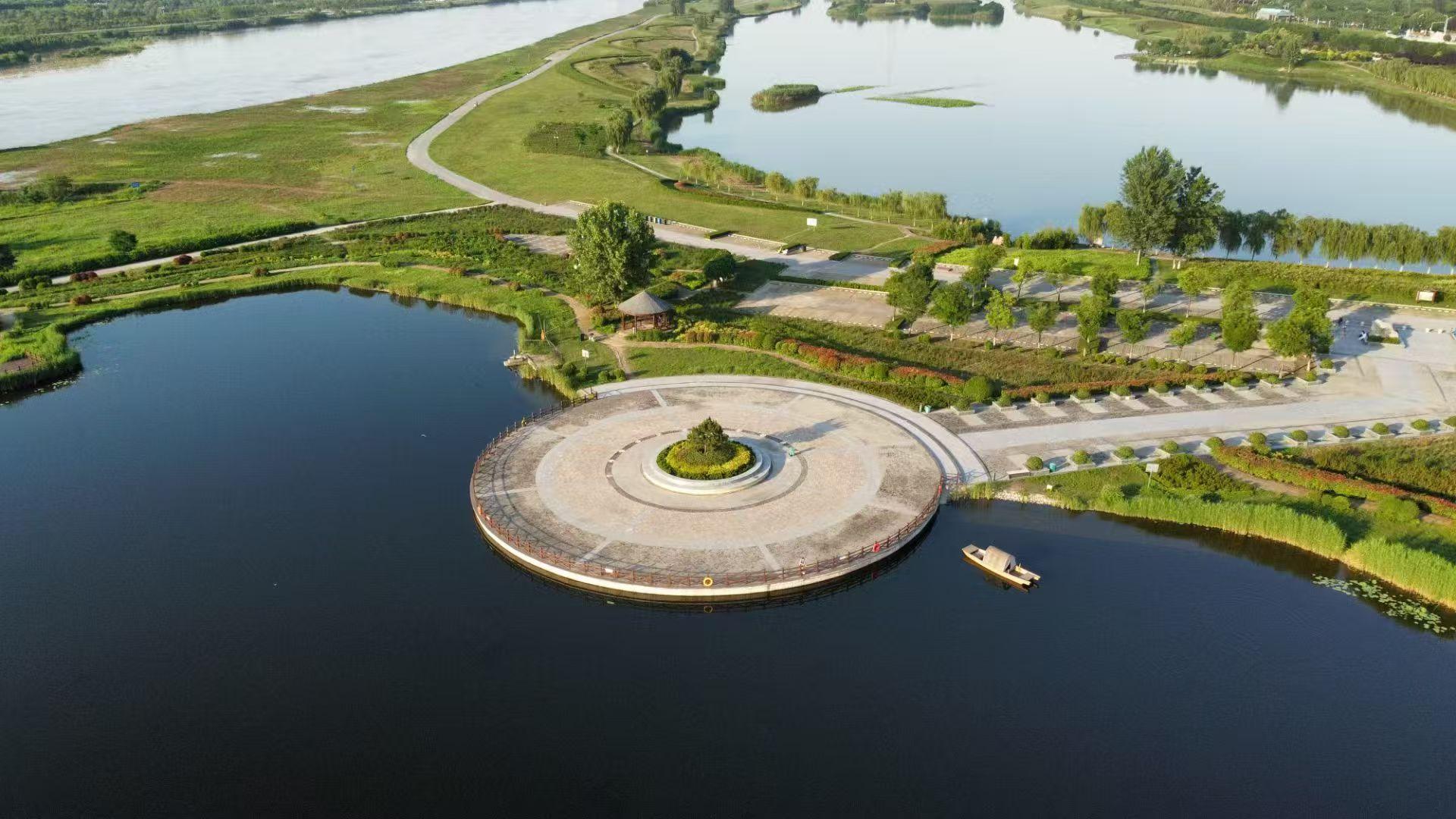On the Feasibility of Monitoring Crustal Deformation Using a High-Precision Gyroscopes and Sundial Network Based on Topological Vortex Theory (TVT)
Posted 2025-10-14 01:16:09
0
913

Search
Categories
- Art
- Causes
- Crafts
- Dance
- Drinks
- Film
- Fitness
- Food
- Games
- Gardening
- Health
- Home
- Literature
- Music
- Networking
- Other
- Party
- Religion
- Shopping
- Sports
- Theater
- Wellness
Read More
高品質電子霧化產品選購指南:品牌解析與購買重點
隨著電子霧化市場快速成長,消費者對於設備品質、吸味體驗與安全性越來越重視。在眾多品牌中,relex...
First time playing. Facebook
In the post-90s system, I have my own life, I have a big sex addiction, I want it every day, and...
สำรวจความนิยมของ RELX บุหรี่อิเล็กทรอนิกส์ และแนวโน้มตลาดบุหรี่ไฟฟ้า
ในยุคที่ผู้คนเริ่มให้ความสำคัญกับทางเลือกที่ปลอดภัยและทันสมัยมากขึ้นrelx...
Infrared Heater Materials And Quenching Cracks of Mold Steel After Heat Treatment
In the heat treatment of mold steel, quenching is a common process. However, due to various...
A beauty brand with a scale of over 3 billion yuan only sold 20,000 yuan in a certain top-ranked live-streaming room
Recently, we have entered the underwater cycle of Double 11. Let's talk about Double 11 again...

